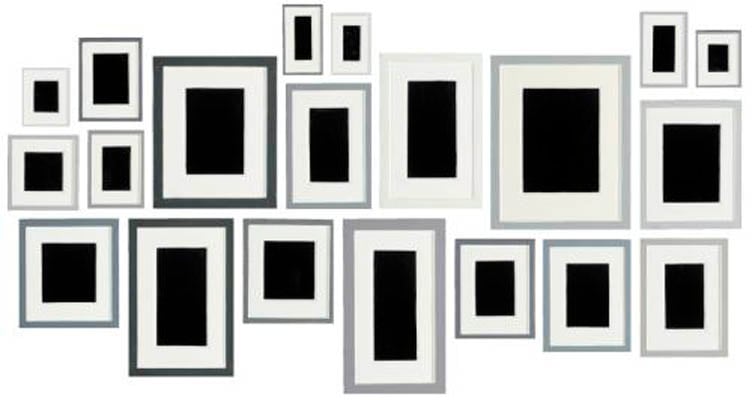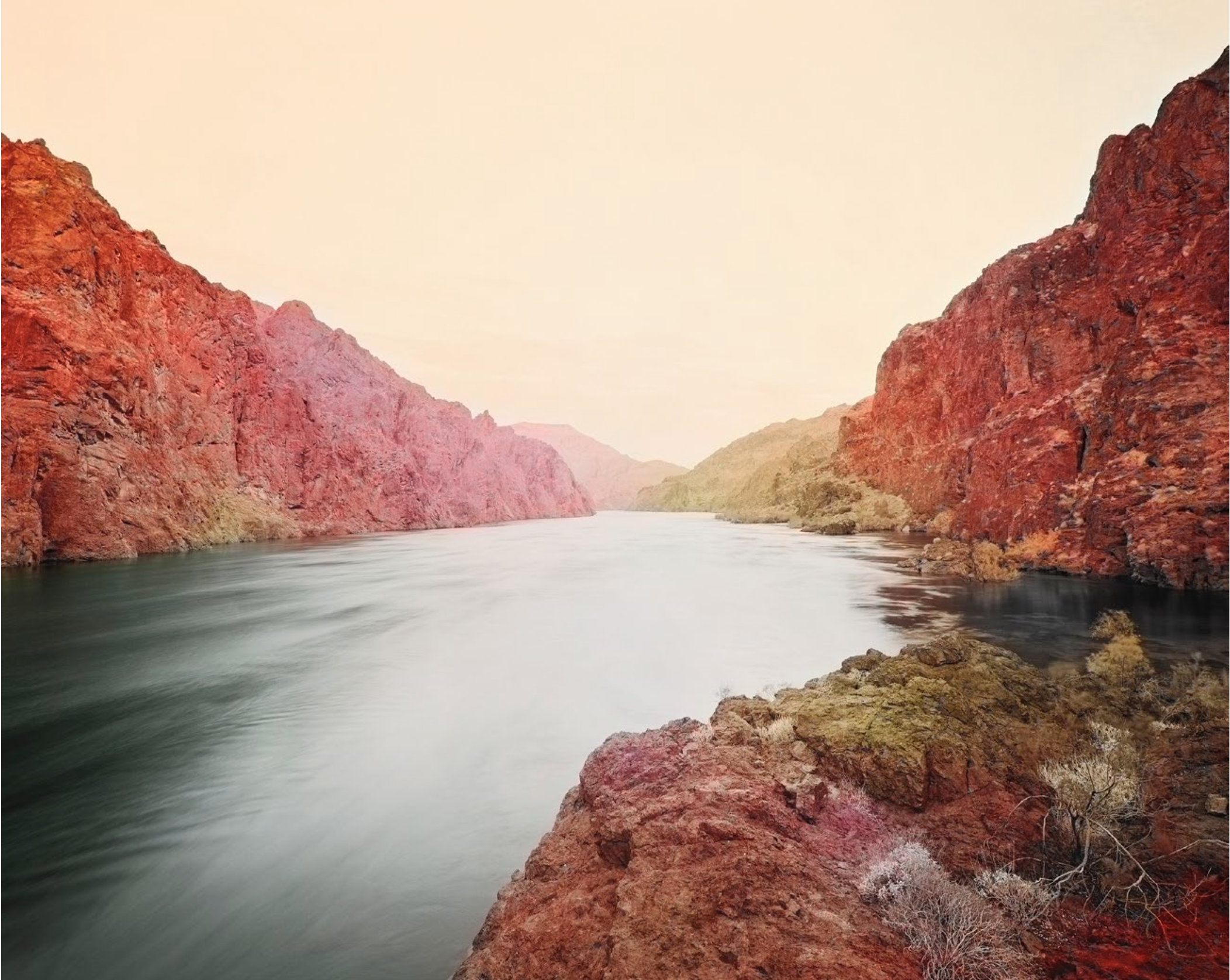Slow Graffiti
2017 - Film & Video (Film & Video)
Alex Da Corte
Slow Graffiti was produced for Da Corte’s exhibition at the Vienna Secession in 2017. The video is a shot-for-shot remake of the film “The Perfect Human” by Danish filmmaker Jørgen Leth (1967). The original is narrated in an anthropological manner, or as if listening to a guide at a zoo, but Da Corte’s version is stranger and more philosophical. Leth’s film has uncomfortable implications, such as: is the perfect human white, attractive, detached? The original, which is shot with a sense of fashion (resembling contemporary clothing commercials), offers mixed signals about objectivity, and at the very least a provocation about the notion of human perfection. Slow Graffiti features the artist performing Frankenstein, specifically the monster as brought to life by the actor Boris Karloff. During an interview, Karloff made the statement, “that monster was the best friend I ever had,” in speaking about his iconic portrayal of Frankenstein in the 1931 Hollywood film. This statement animates Da Corte’s Frankenstein, caught in forces tender, humorous, absurd and destructive. As an icon, Frankenstein represents ‘an idea come to life’ but also absorbs through metaphor the kind of transformations that results from technological intervention. In the original story by Mary Shelley Frankenstein is also composed of many different parts, from different bodies, and so suggests an assembled identity, mixed background, polyphonic references and influences, that continue to find relevance in contemporary life. The voiceover and audio-track, which diverges in bizarre, critical, suggestive, and poetic ways was scored by Devonté Hynes.
Alex Da Corte’s works conveys a state of delusion, where logic is set aside in order to access the stranger, deeper parts of our minds. In this state he wrestles with vernacular culture, often taking a run at iconic figures and motifs from the inventory of popular American consumables. Da Corte’s work has roots in Pop-art and is imbued with a love and feeling for color as well as a sense of how a store-front-window display might turn tragicomic. This odd portmanteau, a combination of ‘tragic’ and ‘comic,’ speaks to a conflicted identity, a sense of pathos, an emotional zone between or beyond categories. In Da Corte’s work, a sense of dry comedy, sometimes mixed with the abject or absurd, is balanced with the macabre or heart-breaking.
Colors:
Related works of genres: » american conceptual artists, » school of visual arts alumni

© » KADIST
Christine Sun Kim
2022Hand Palm Echo 1 is a digital animation based on Christine Sun Kim’s staircase mural at The Drawing Center in New York (10 March – 22 May, 2022)...

© » KADIST
Dinh Q. Lê
2008Hill of Poisonous Trees (three men) (2008) exemplifies the artist’s signature photo-weaving technique, in which he collects diverse found photographs—portraits of anonymous people, stills from blockbuster films, or journalistic images—cuts them into strips, and weaves them into new composition...

© » KADIST
John Baldessari
1997In One Must , an image of a pair of scissors, accompanied by the words of work’s title, poses an ominous question about the relationship between the image and the text...

© » KADIST
Trevor Paglen
2017Trevor Paglen’s ongoing research focuses on artificial intelligence and machine vision, i.e...

© » KADIST
Brian Bress
2013Blindseye Arranger (Max) (2013) features a greyscale arrangement of rudimentary shapes layered atop one another like a dense cluster of wood block prints, the juxtaposition of sharp lines and acute angles creating an abstracted field of rectangular and triangulated forms composed as if in a cubist landscape...

© » KADIST
Allen Ruppersberg
1970Untitled (City Limits) is a series of five black-and-white photographs of road signs, specifically the signs demarcating city limits of several small towns in California...

© » KADIST
Matthew Buckingham
2002Matthew Buckingham presents a narrative directly connected with a highly symbolic site in the United States, the Mount Rushmore Memorial*...

© » KADIST
Allan McCollum
1982In the work titled The Glossies (1980), an affinity for photography manifested itself before McCollum actually began to use photography as a medium...

© » KADIST
John Baldessari
1991The voids in Baldessari’s painted photographs are simultaneously positive and negative spaces, both additive and subtractive...

© » KADIST
Eleanor Antin
1973Comprised of fifty-one photographic postcards, Antin’s 100 Boots is an epic visual narrative in which 100 black rubber boots stand in for a fictional “hero” making a “trip” from California to New York City...

© » KADIST
Julieta Aranda
2016The video Swimming in rivers of Glue is composed of various images of nature, exploring the themes of exploration of space and its colonization...

© » KADIST
Trevor Paglen
2020The Black Canyon Deep Semantic Image Segments by Trevor Paglen merges traditional American landscape photography (sometimes referred as ‘frontier photography’ for sites located in the American West) with artificial intelligence and other technological advances such as computer vision...

© » KADIST
Barbara Bloom
1997In the 1980’s, while browsing Parisian fleamarkets, Barbara Bloom stumbled into an anonymous watercolor (dating to around 1960) in one of Paris’ fleamarkets, probably a study made by an interior designer for a bedroom...







